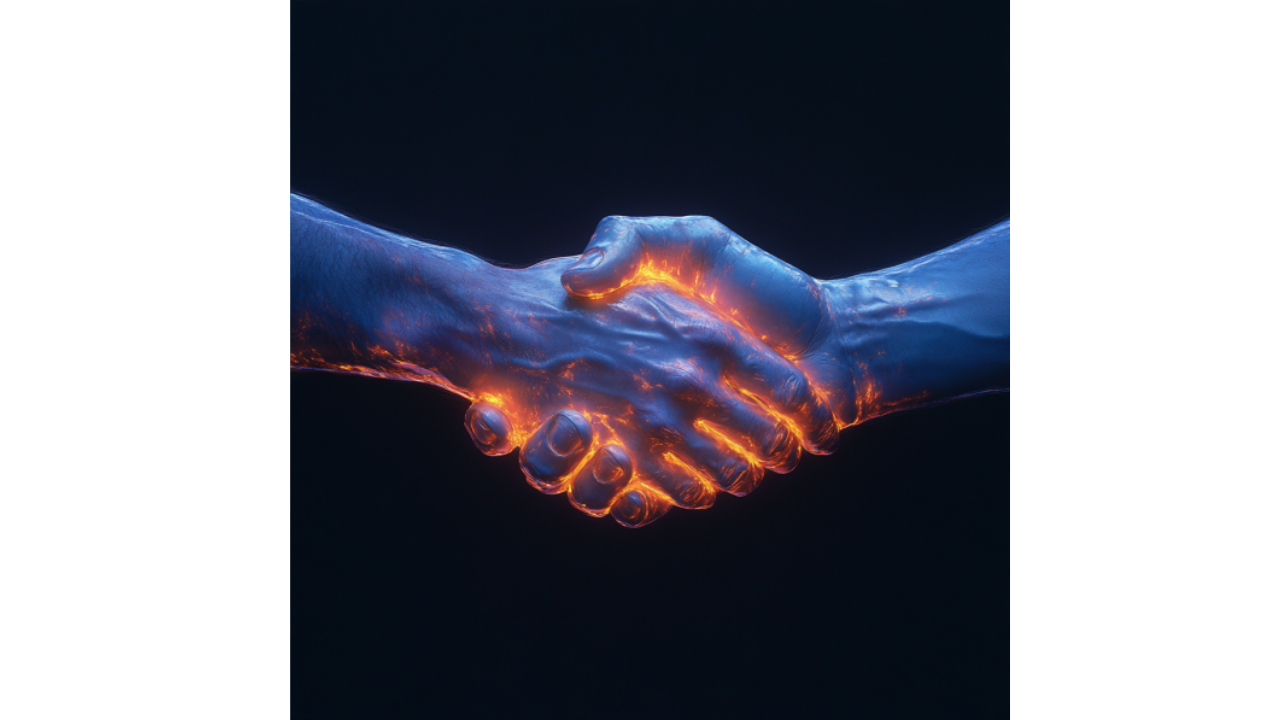Building a Brand Strategy for Gen Alpha
Walk into any household with young children today and you'll witness something remarkable: a three-year-old confidently asking Alexa to play their...
3 min read
 Writing Team
:
Nov 11, 2024 8:30:00 AM
Writing Team
:
Nov 11, 2024 8:30:00 AM

Picture yourself standing in Times Square, surrounded by a sea of faces. Each person has their own story, desires, and needs. Now imagine trying to sell to all of them at once. Sounds impossible, right? That's because it is. This is where the art of market segmentation comes in – it's about turning that overwhelming crowd into manageable, meaningful groups of potential customers.
Let me tell you a story about a tech company I once worked with. They thought they had it all figured out: "We sell to businesses, so we'll segment by company size." Simple enough, right? Wrong. They were bleeding leads and couldn't figure out why until we dug deeper. The real issue? They were treating a startup with five employees and burning ambition the same way they were treating a conservative family business of the same size.
This is where modern segmentation gets interesting.
Think of B2B segmentation like hosting a dinner party. You wouldn't seat your vegan friend next to the enthusiastic hunter, would you? Similarly, your enterprise software solution might not sit well at both a tech startup and a traditional manufacturing company, even if they're the same size.
Let's break down what really matters:
Remember when we thought knowing someone's age and income was enough? Those days are long gone. Today's consumers are like complex characters in a novel – they have layers, contradictions, and hidden motivations.
Picture Sarah, a 35-year-old marketing executive. Traditional segmentation would put her in the "professional millennial" box. But here's what makes her tick:
This is why modern B2C segmentation looks at:
Here's something fascinating: the lines between B2B and B2C segmentation are blurring. Why? Because at the end of the day, businesses don't make decisions – people do.
Consider this: A procurement manager at a Fortune 500 company is also a parent, a weekend athlete, and a passionate environmentalist. Their professional decisions are inevitably colored by their personal values.
Let's talk about the real world.
We're entering an era where AI and big data are transforming how we understand and segment markets. But here's the twist: the more technology we have, the more important the human element becomes.
Market segmentation isn't just about dividing your market – it's about understanding the human story behind every business decision and consumer choice. Whether you're in B2B or B2C, success comes from seeing your customers as characters in an ongoing narrative, not just data points in a spreadsheet.
Remember: The goal isn't to speak to everyone, but to speak so personally to someone that they feel you're reading their mind.
The journey of segmentation never really ends – it evolves as your customers do. The key is to keep listening, learning, and adjusting your lens to see the market through their eyes.
.png)
Walk into any household with young children today and you'll witness something remarkable: a three-year-old confidently asking Alexa to play their...
.png)
Unlike B2C marketing, B2B often involves longer conversion paths and multiple decision-makers, making it crucial to create content that addresses...
.png)
In an always-connected digital world, customers are constantly bombarded with information. For expert marketers, the challenge lies in capturing...